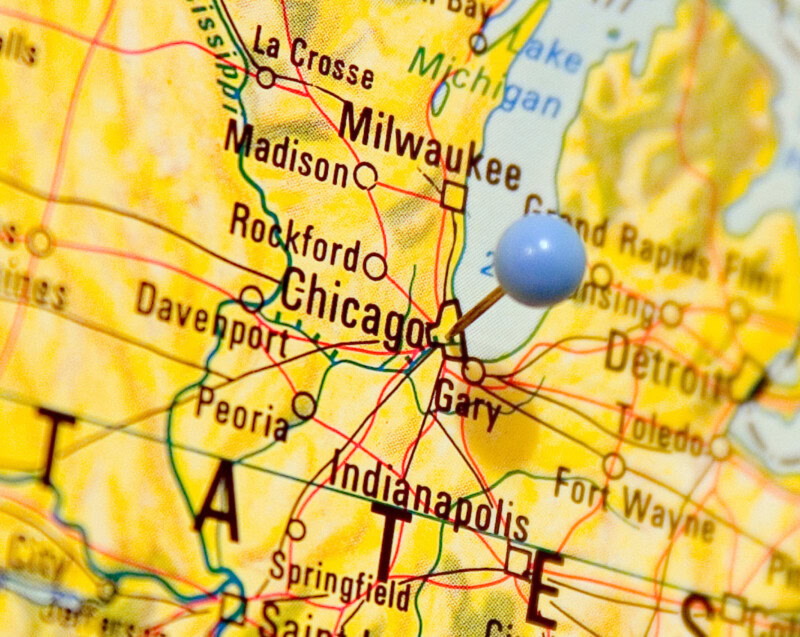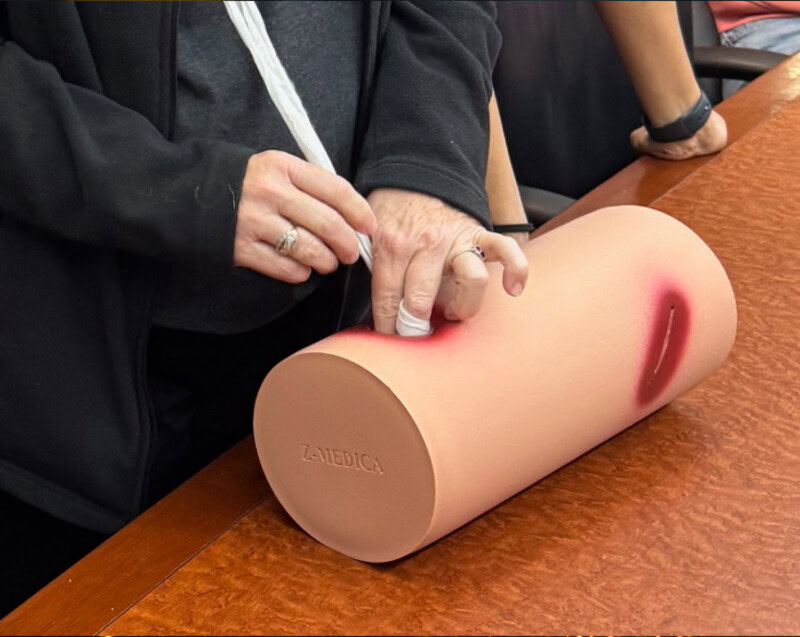According to current research, the CDC believes COVID-19 is most commonly spread through respiratory droplets among close contacts, or by individuals within six feet of each other for a cumulative 15 minutes. However, the public health agency continues to stress the importance of proper cleaning and disinfection for the further “prevention of COVID-19 and other viral respiratory illnesses,” particularly in impacted households. To help us navigate the CDC’s latest guidance, CTEH experts are answering our most FAQ:
Are both cleaning and disinfection necessary? What’s the difference between the two?
As CDC notes, cleaning does not kill germs. Rather, it removes microbes from surfaces to help prevent their potential spread. Disinfection uses chemicals to kill germs on surfaces after cleaning to further lower the risk of spread.
How should we clean and disinfect hard surfaces?
The CDC recommends cleaning and disinfecting high-touch surfaces in common areas daily. For dirty surfaces, individuals should first use detergent or soap. They can then use an EPA-approved disinfectant, in accordance with manufacturer application instructions or label directions. When using these items, individuals should ensure adequate ventilation, wear disposable gloves and, as needed, consider skin or eye protection. Immediately after, they should wash their hands with soap and water or use an alcohol-based hand sanitizer with at least 60 percent alcohol.
What about the cleaning and disinfection of soft (i.e., porous) surfaces or laundry items?
First, individuals should remove any visible contamination, so they can clean soft surfaces with the appropriate cleaners. Next, they should launder items in the warmest appropriate water settings and dry them completely. If they prefer, they may also use EPA-approved products for porous surfaces. As with hard surfaces, individuals should always wear disposable gloves and immediately clean their hands after cleaning or disinfection.
How should we handle cleaning and disinfection in rooms with infected individuals?
The CDC recommends impacted households “consider reducing cleaning frequency to as-needed to avoid unnecessary contact with the ill person.” If possible, they should have a dedicated lined trash can and all non-disposable items should be handled with gloves and washed with soap, detergent, and hot water. If needed, caregivers may provide personal cleaning supplies for the isolated individual’s room or bathroom. If they must share spaces, the CDC suggests following its home care guidance.
Have additional questions about COVID-19-related cleaning and disinfection protocols? Contact us at webquestion@cteh.com.
Any scientific or medical information included in this article is current as of the date of publication; however, public health knowledge of COVID-19 is rapidly developing. Readers are advised to monitor national, state and local public health agencies for current recommendations regarding any infectious disease.




